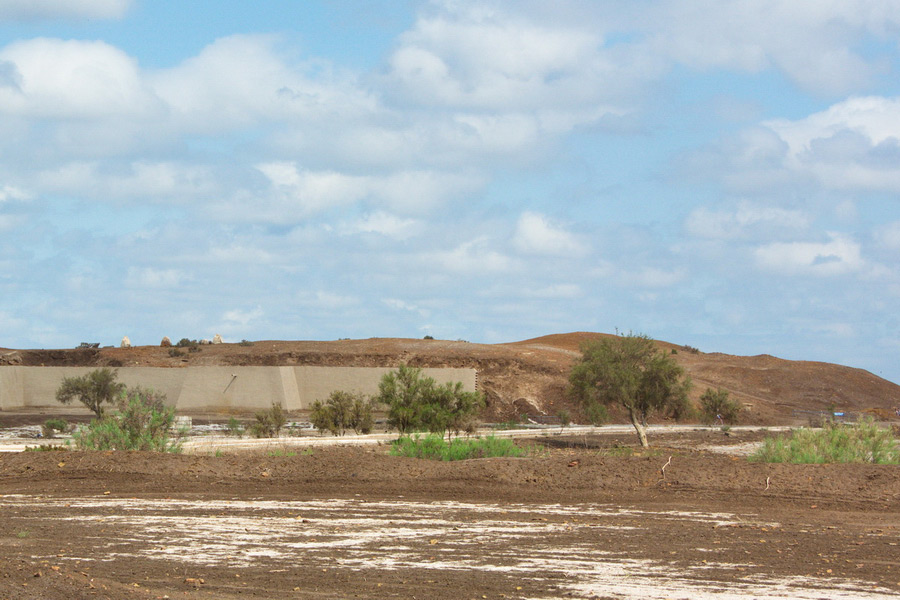Kyrk-Molla Hill

Kyrk-Molla (from Turkmen: Kyrk Molla – "Forty Scientists") is the oldest monument in Kunya-Urgench, dating back to the 1st millennium B.C.
According to historians and archaeologists, the Palace of Scholars once stood on the site of Kyrk-Molla in the 11th century. It is believed to have housed the academy of Khorezm Shah Mamun, where the renowned scholar and physician Abu Ali ibn Sina (Avicenna) created some of his most influential works.
Legend has it that the palace was given to scholars by Khorezm Shah Mamun. Forty mullahs (scholars) lived and worked there, producing their studies. During the Mongol invasion in the 13th century, the scholars and their students took refuge in the palace and prayed to Allah that the invaders would not see them. According to legend, their prayers were answered - the palace turned upside down and sank into the ground, leaving only a mound that became known as Kyrk-Molla.
Despite the legend romanticizing the fate of the academy, archaeological evidence confirms that the Mongols destroyed it during their invasion. Today, Kyrk-Molla is a 3 hectare mound with the remains of a 12.5 metre high fortress wall.
At the foot of the fortress is a cemetery which has become a popular pilgrimage site. The site is particularly visited by infertile women seeking blessings. After praying, they perform a unique ritual - they wrap themselves in a blanket or cloak and roll down the hill, believing that the ritual will bring good fortune and help fulfil their wishes.
